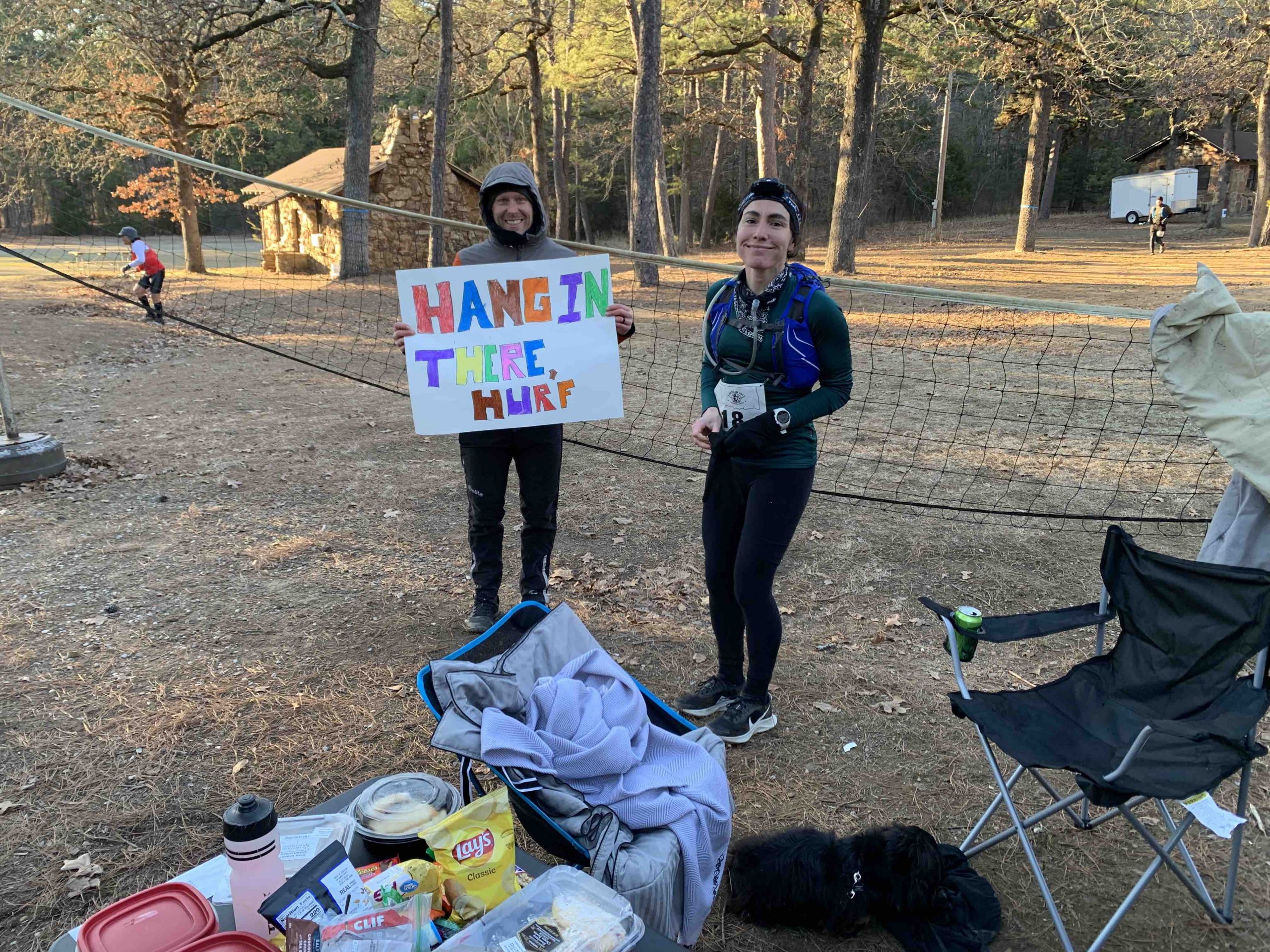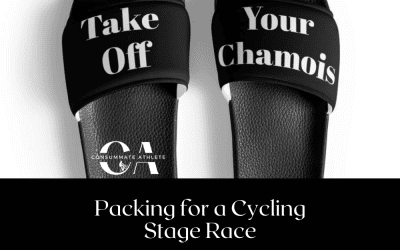A couple of months ago, I started a grand experiment of actually wearing two wearables/fitness trackers in the form of an Oura Ring and a Whoop strap, while also using t he HRV4Training app every morning. My goal was to see how the three options stacked up against each other, and my personal take on how I was feeling. While I have part 2 coming soon and that will have more of the objective data about the three ways to gauge ‘how someone is doing,’ I wanted to add a more personal starting point after having a few conversations throughout the process. Trying all three of these metrics was eye opening for me, in terms of how I feel about how I feel. In some ways, it wasn’t surprising. Most people on here know that I’m not a huge fan of tons of data, which is probably why I’m better as an ultra-runner than I was as a triathlete, and why my current training plan happily lives in a very simple spreadsheet. But I am a fan of learning more about myself, which is why I like things like Inside Tracker and have been able to be relatively regular about things like HRV in the past. So, what did I learn from these devices? This is my purely subjective thoughts about tracking—objective coming soon!
I am not great at wearing wearables
For some reason, I can be incredibly good at starting some habits, while others are nearly impossible. I wear my compression boots five days a week, and do my morning yoga routine every freaking morning. Yet wearing a Whoop strap and Oura ring that require charging on occasion? Nope. I kept taking them off to charge (even though you can wear the whoop while it charges, I found that my skin on my wrist needed a break from the strap, so elected to take it off to charge). They both charge fast, but I would forget to put them back on. I managed to maintain periods of discipline when I was thinking about them in terms of being able to write a good comparison article, but for my own knowledge? Forget it. Or rather, forget to put them back on. I think wearables will continue to be refined so that they’re easier to wear/the charge holds longer in the future, but I definitely struggled to simply commit to wearing them.
I wasn’t actually making changes
The point of having this data is to see trends over time, maybe catch overtraining before it happens, and so on… But I found that the data was, for the most part, telling me things I already knew. Now, maybe this is a privileged position, where nothing major is going on and training is going according to plan thanks to having a great coach and being married to another great coach. So maybe this one doesn’t apply to everyone in the way I’m saying it here, which is that the data was just telling me I was on the right track. But for many people, I think getting a wearable feels like you’re ticking off an action step in your ‘new year, new me’ plan. You have it, you’re tracking, that’s great, right? Not really, if you’re not using the data to make changes to your life and training.
I don’t like feeling guilty for certain lifestyle choices
Here’s the biggest problem with wearables for me. I am well aware that staying out late with friends or having a drink or two isn’t ideal for athletic training or performance. And certainly, there is room for error in these devices and how they measure—a single drink didn’t seem to impact my score by much, but I could see a slight change in my readiness score in one app, while the other would report no change. It was obvious that two drinks, which is my max, wasn’t ideal for me. And the late nights with friends? Definitely weren’t boosting any scores. The result? Obviously, I prioritize time with friends and family as pretty damn important, and frankly, I love a glass of wine. It has made me more conscious of alcohol consumption, which is good, but I didn’t like that it made me much more paranoid about everything that could negatively affect my scores, including indulging in nights out with friends. I would go—but I was keenly aware that my strap and ring were taking note. I realized that there’s likely a positive middle ground to be found with trackers like this: You can be pressured into making better lifestyle choices, like saying no to the second (and certainly third!) glass of wine, but at the same time, you shouldn’t feel scared or guilty for the night out with friends.
…And women I know don’t need to be made to feel more guilty
I recently chatted with a friend who just had a baby a few months ago and (real shock here) is struggling to get enough sleep. You know what’s really not helping her? Seeing her wearable constantly telling her she’s not recovered or that her sleep sucked. She’s very well aware. She has an infant. So, if you’re someone who has the tendency to beat themselves up about imperfect scores, or who will get more stressed seeing that data, especially when it’s impossible to control, maybe during those points in your life, it’s best to skip the wearable. Or, at least, it’s best to skip actually looking at the app. Maybe you can continue to wear the device for the sake of long term trends, but move the app off of your home screen so you can resist the temptation to see how bad your sleep has been.
But it did make me take stock
Having wearables that allow for some subjective data input via their apps every day had one big benefit—it forced me to consider ‘how am I feeling, really?’ every morning when I filled them out. And because I couldn’t see objective data until after I’d input my subjective score, there was almost a competitive aspect to it, where I was really thinking carefully about how I felt. I didn’t breeze through the questions, I pondered them. How recovered was I really feeling? How stressed? I wanted to see if I could line my subjective data up with what the numbers were saying. Most of the time, I did! And that exercise alone was huge for helping me dig into my actual feelings rather than just getting up, assuming all systems were go, and moving right into the day.
Do I think wearables or tracking is bad?
Not entirely. But I do think it’s much more nuanced than any company makes it seem, and I think before you purchase a tracker or wearable, it’s very important to know what you want to achieve in using that data.
Now, that said, there is a lot of data I’ve compiled over the last couple months that may be helpful for people looking to purchase a tracker / wearable. And while I personally have hung mine up for now (except HRV4Training), I took a ton of notes while using the three apps and have some more objective thoughts for someone who does feel like a wearable would be useful. So, stay tuned for a more comprehensive/objective look at the Oura ring, Whoop strap and HRV4Training app in terms of how all three platforms perform relative to each other!





